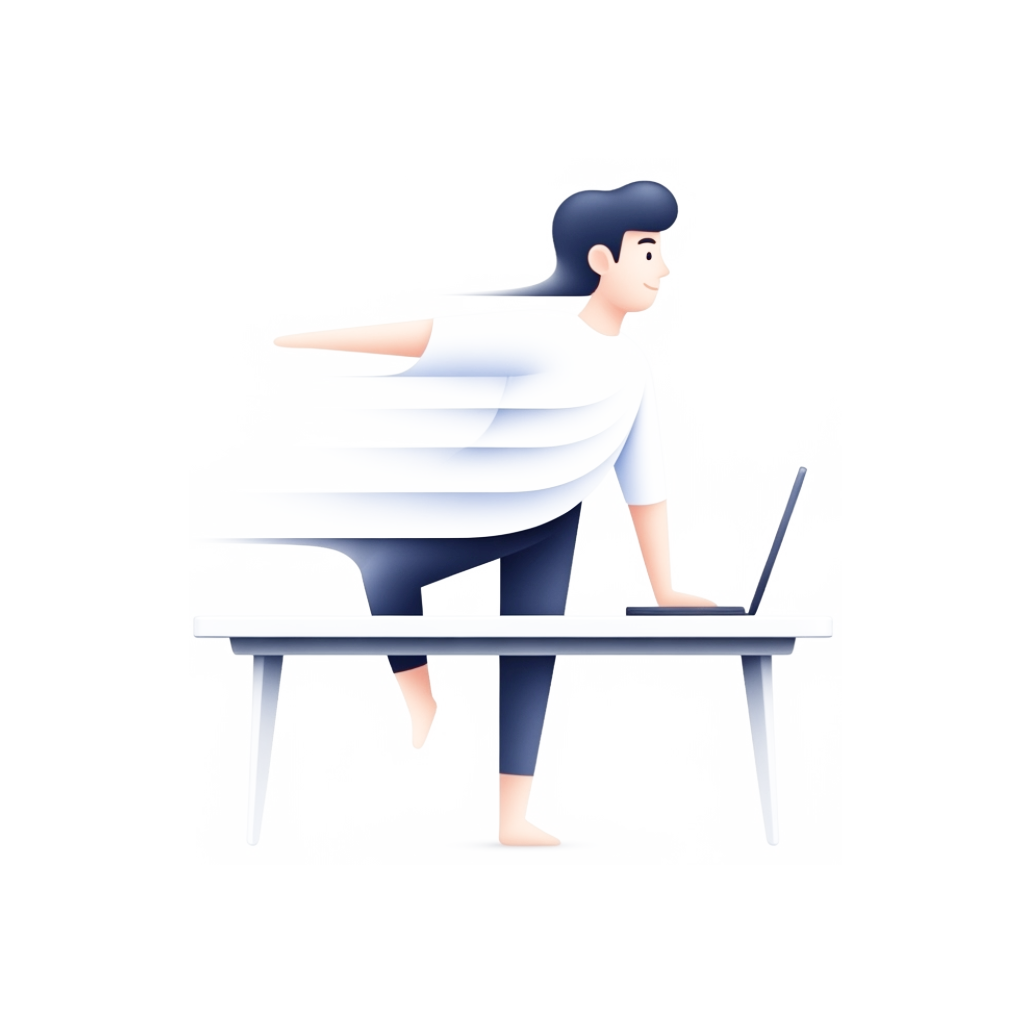Prolonged Standing Health Risks & How Movement Breaks Help

Prolonged Standing Health Risks & How Movement Breaks Help
Spending extended hours standing at work is common for professionals like nurses, retail workers, and teachers. While standing has benefits over prolonged sitting, standing too long without breaks can cause various health problems including back pain, leg swelling, and cardiovascular issues. This article explores the health risks associated with prolonged standing and offers practical strategies, including the use of movement reminders and ergonomic tools, to maintain wellness and productivity throughout the workday.
Health Risks of Prolonged StandingProlonged standing, especially without opportunities to move or sit, is linked to multiple health concerns. Common issues include low back pain, muscle fatigue, varicose veins, leg swelling, and cardiovascular problems. Pregnant women are particularly at risk, with prolonged standing associated with increased risks of preterm births and spontaneous abortions.
Research shows that standing continuously for over 1 hour or exceeding 4 hours total during the workday can increase these health risks. Symptoms often appear due to reduced blood flow to muscles and pooling of blood in the legs. Additionally, confined standing positions can cause muscular discomfort in the neck, shoulders, and lower back.
Workplace and Job Design StrategiesA well-designed workplace allows for variation in posture and encourages movement. Adjustable work surfaces and benches that match workers’ height enable better body alignment and reduce strain.
Incorporating foot rails or portable footrests helps shift weight and reduce leg fatigue. Providing seating options, such as sit-stand stools, allows workers to alternate between sitting and standing, mitigating the adverse effects of prolonged standing.
Jobs should be designed to encourage frequent changes in working positions, avoid extreme postures, and allow for rest breaks. Educating workers about proper body mechanics and workplace adjustments is essential.
Ergonomic Aids and Footwear RecommendationsSupportive footwear is crucial for reducing discomfort during prolonged standing. Shoes should have a low heel, good arch support, a firm heel grip, and sufficient toe space to prevent circulation problems and foot pain.
Compression stockings effectively reduce leg swelling and fatigue by aiding blood circulation. They are especially beneficial for workers with chronic venous insufficiency.
Anti-fatigue mats provide cushioning and reduce discomfort caused by standing on hard floors. However, mats should not be overly soft to prevent tripping hazards.
Importance of Movement Breaks and Standing RemindersStatic posture for prolonged periods accelerates fatigue and discomfort. Regular movement breaks, such as walking or shifting weight, enhance blood flow and reduce muscle strain.
Alternating between sitting and standing using sit-stand desks or chairs has been shown to lessen musculoskeletal complaints and improve comfort.
Wellness apps that provide standing reminders and prompt users to take movement breaks throughout the day can be powerful tools to promote healthier work habits and reduce the risks associated with prolonged standing.
Healthy Lifestyle Tips for Sitters and StandersBalancing time spent sitting and standing throughout the workday is essential. Adults are encouraged to engage in at least 150 minutes of moderate physical activity weekly to maintain overall health.
Those who sit for extended periods should take breaks every 30 minutes to stretch or walk to prevent blood pooling and stiffness.
For standers, investing in ergonomic footwear, incorporating purposeful stretching, using anti-fatigue mats, and elevating feet after work are effective ways to treat the body well.
Implementing a dedicated and ergonomically sound workspace, staying hydrated, and scheduling movement breaks fosters wellness, especially for remote workers.
Conclusion
Prolonged standing without movement can lead to various health problems, but these risks can be significantly reduced through intentional workplace design, ergonomic aids, and regular movement breaks. By adopting healthier work habits and utilizing tools like standing reminders and sit-stand desks, individuals can protect their musculoskeletal and cardiovascular health, enhancing overall wellness and productivity. Commit today to integrating these tips and make movement a natural part of your work routine for a healthier tomorrow.
Sources:
